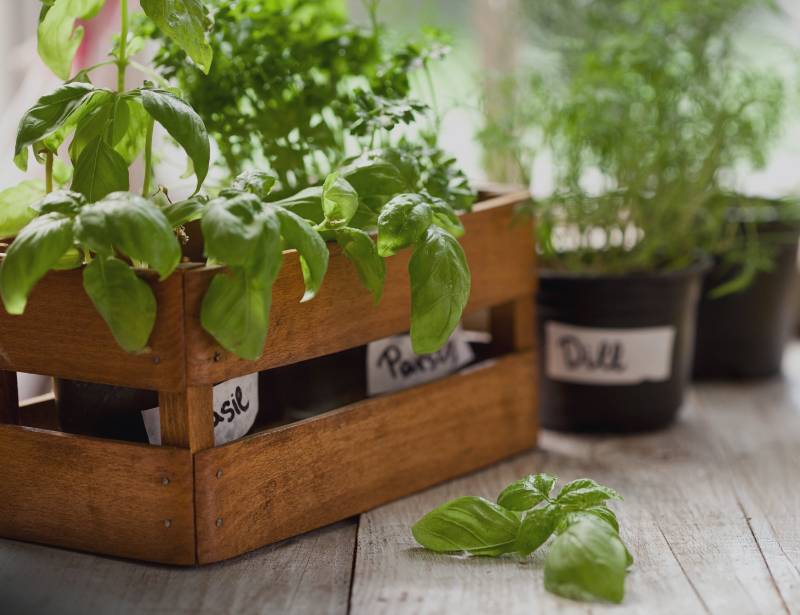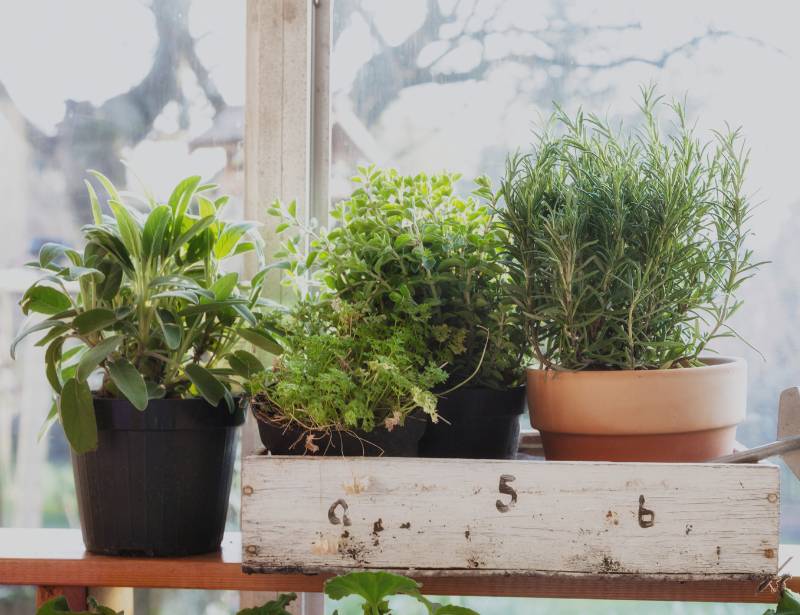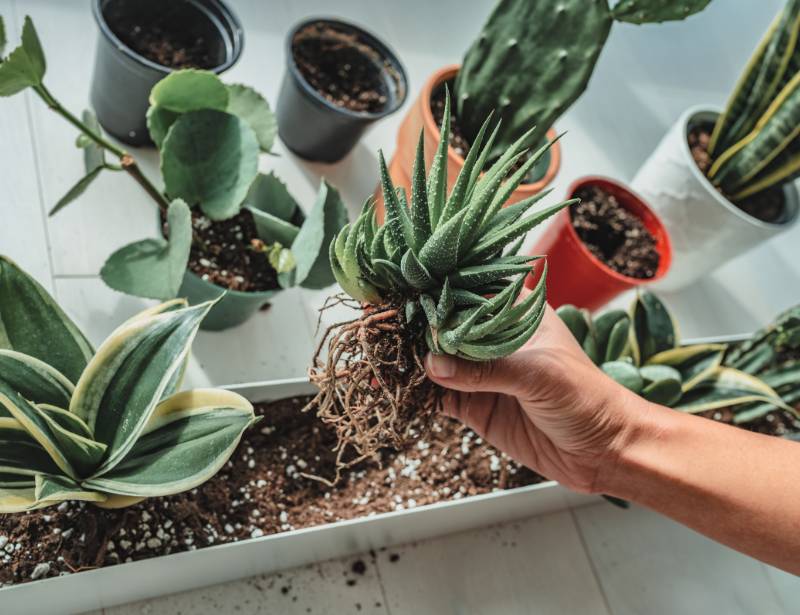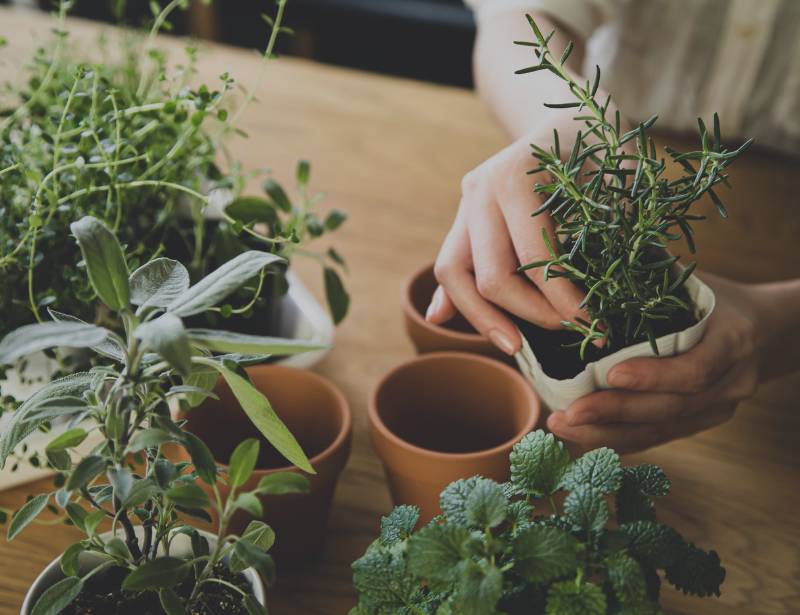Introduction
Indoor gardening has seen a rise in popularity as more people explore their green thumb without the need for expansive outdoor spaces. It allows people living in apartments or with limited outdoor areas to experience the joy of growing their own plants. This guide delves into the indoor gardening basics to help you cultivate a thriving, green oasis inside your home.
1. Understanding Your Space
Before you begin, it’s vital to understand the space you have available. Assess the amount of light, temperature, and humidity in each area, as these factors significantly affect plant growth. Knowing your space allows you to select plants that will thrive in your specific environment.
2. Selecting Your Plants
The next step is to choose the right plants for your indoor garden. Opt for plants that are well-suited for indoor environments, such as herbs, succulents, and houseplants. Research each plant’s specific needs regarding light, water, and soil to ensure a successful gardening experience.

3. Lighting Requirements
Light is crucial for plant growth. Identify areas with adequate natural light or consider using artificial lighting. LED grow lights are an excellent option for providing the necessary light spectrum for photosynthesis, ensuring your plants flourish.
4. Soil Selection
The right soil is fundamental for robust plant growth. For indoor gardening, opt for a high-quality, well-draining potting mix. It provides the necessary nutrients and prevents waterlogging, promoting healthy root development.

5. Watering Wisely
Overwatering is a common mistake in indoor gardening. It’s essential to understand each plant's water needs and avoid soggy soil. Regularly check the soil moisture and water the plants when the top inch of soil feels dry to the touch.
6. Fertilization Essentials
Proper nutrition is crucial for plant health and productivity. Use a balanced, water-soluble fertilizer, and follow the recommended application rates. Fertilizing your plants provides the essential nutrients that may be lacking in the potting mix.
7. Pest Management
Indoor plants are not immune to pests. Regularly inspect your plants for signs of infestations like discolored leaves or webbing. Utilizing natural pest control methods, such as neem oil, can help maintain a healthy garden.

8. Pruning and Maintenance
Regular maintenance is key to a flourishing indoor garden. Prune your plants to remove dead or yellowing leaves and promote bushier growth. Proper pruning also helps in managing plant size and shaping them according to your preference.
9. Creating a Productive Environment
To enhance plant growth, maintain an environment with stable temperature and humidity levels. Using a humidifier or placing water trays near plants can help maintain optimal humidity levels, particularly in dry climates.
10. Exploring Advanced Techniques
Once you master the basics, explore advanced indoor gardening techniques like hydroponics and aquaponics. These soilless cultivation methods offer efficient ways to grow plants and can significantly optimize plant growth and yield.
Conclusion
Indoor gardening offers a fulfilling way to cultivate a variety of plants within the comfort of your home. By understanding the indoor gardening basics such as selecting suitable plants, providing adequate light, using the right soil, and maintaining optimal growing conditions, you can enjoy a thriving green space regardless of your living situation. Regular maintenance, including proper watering, fertilization, and pruning, ensures the longevity and health of your indoor garden. Whether you are a novice or a seasoned gardener, cultivating an indoor garden can be a rewarding experience, bringing a slice of nature into your living space.

